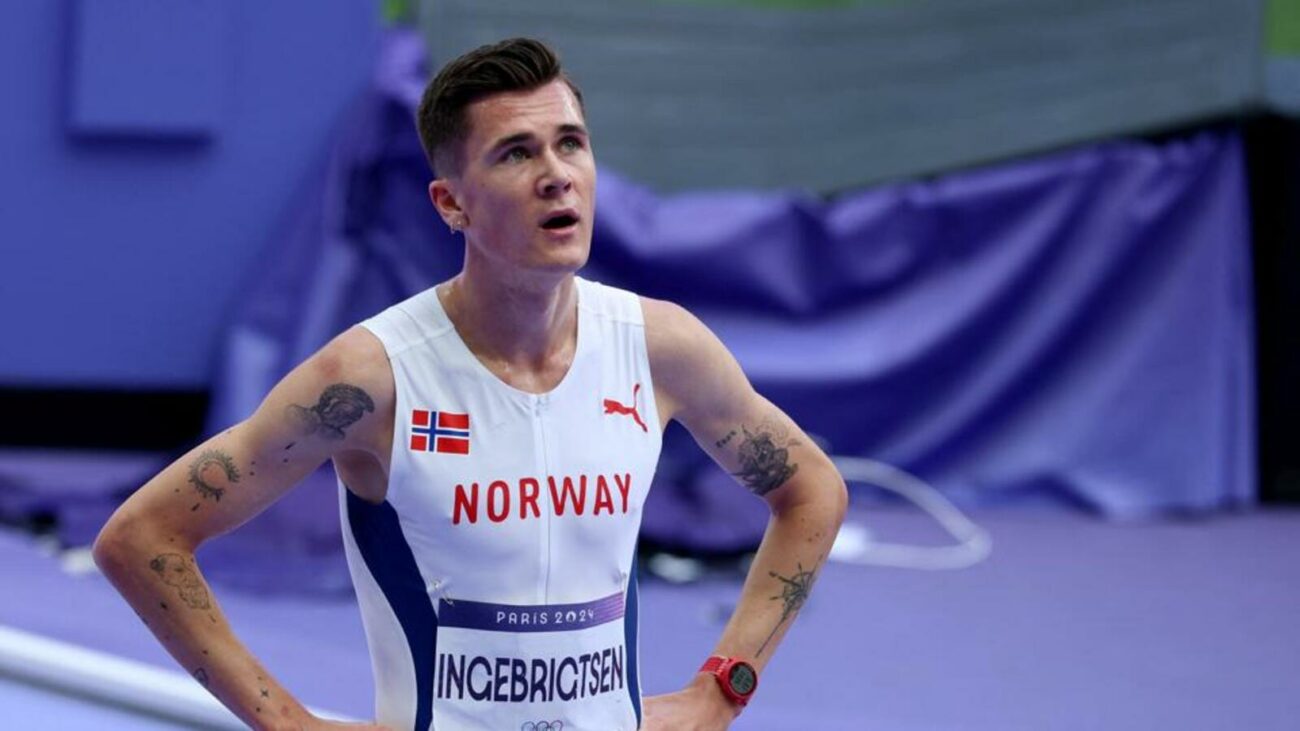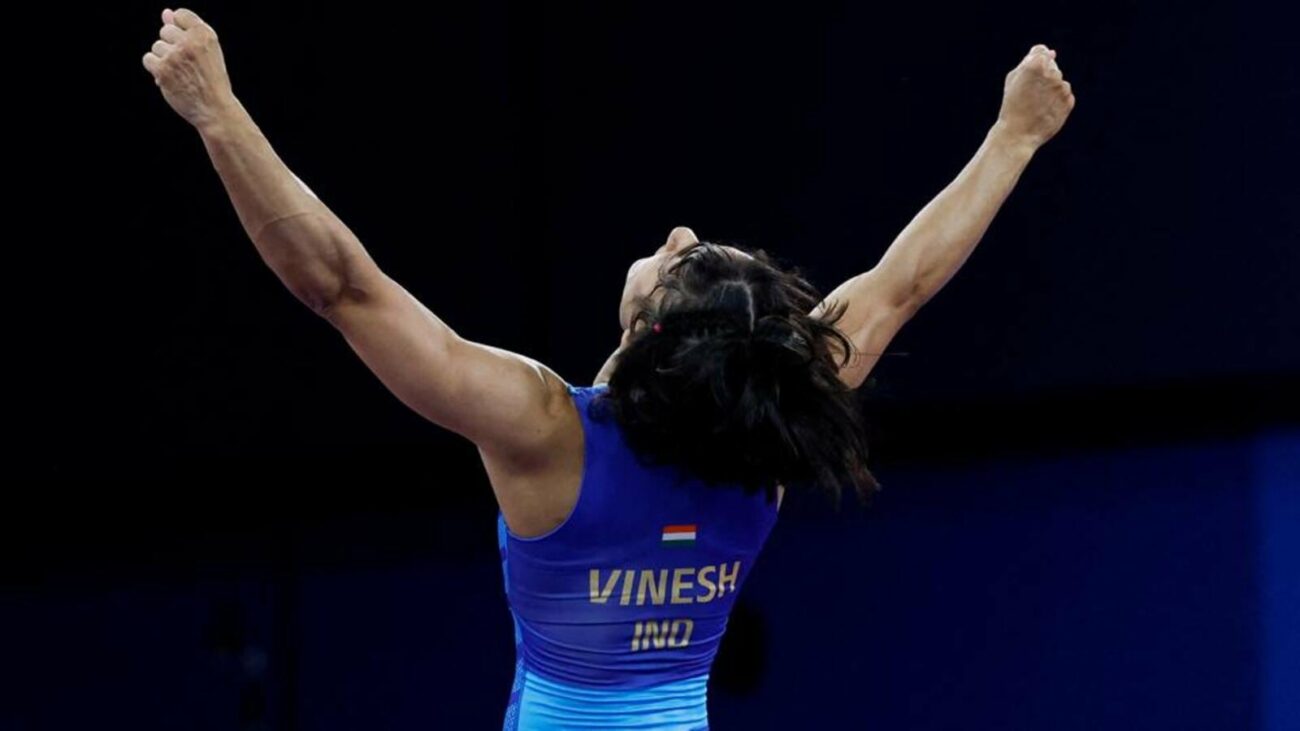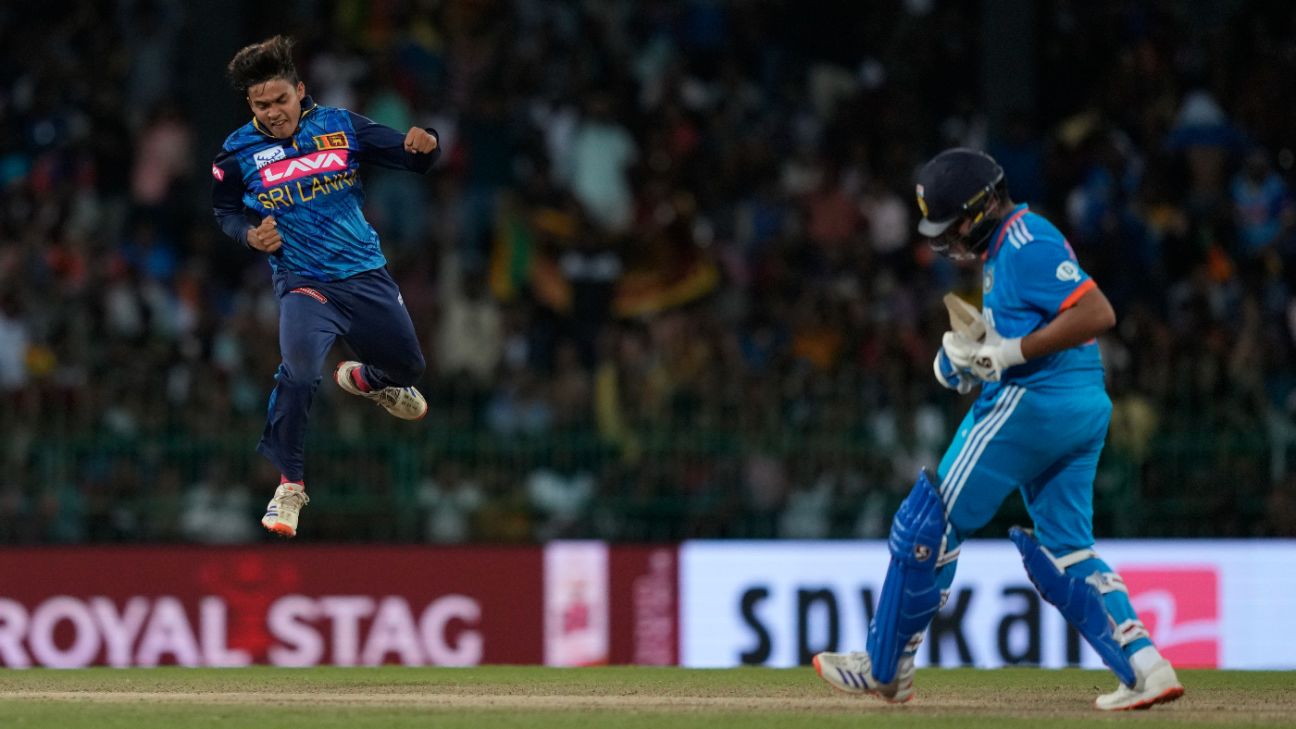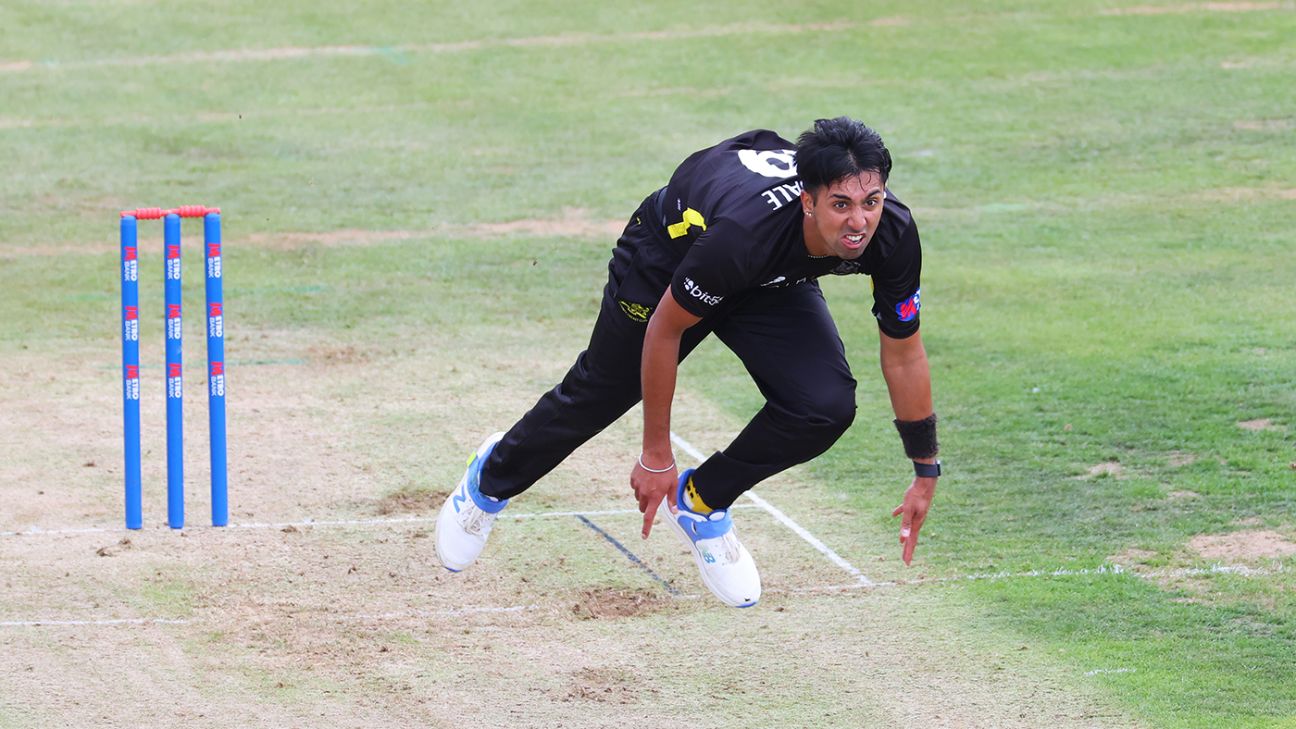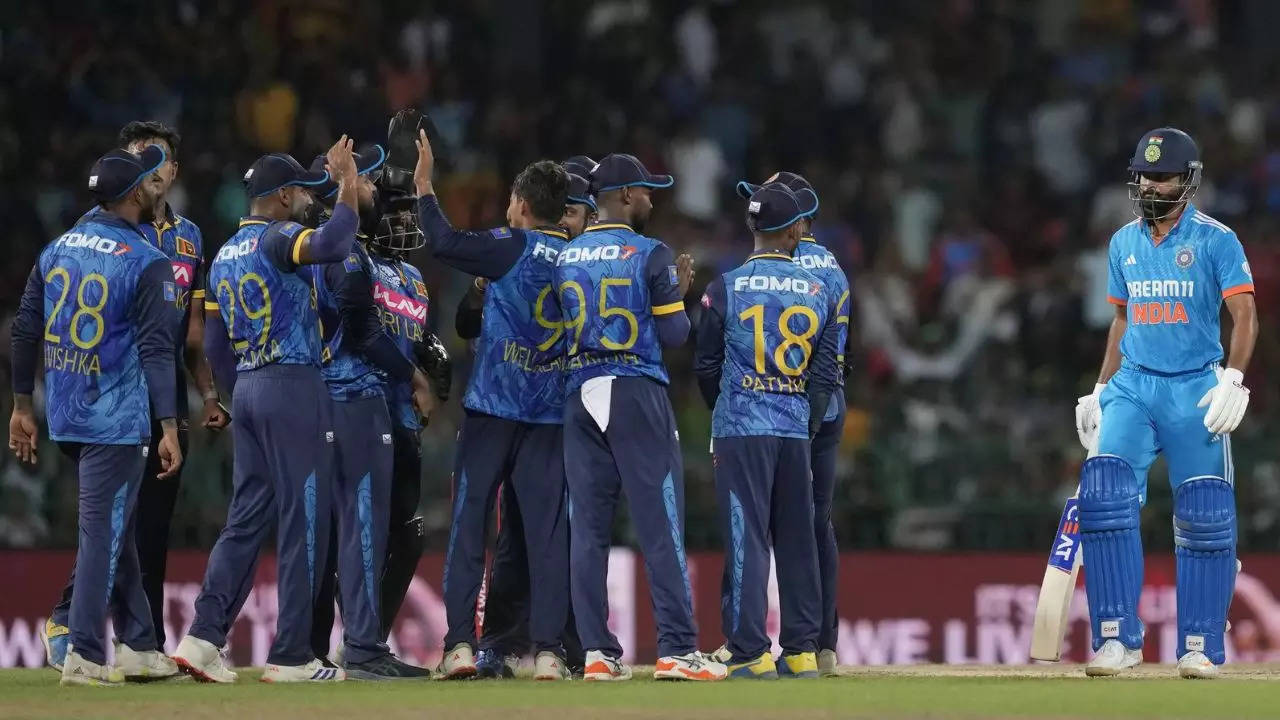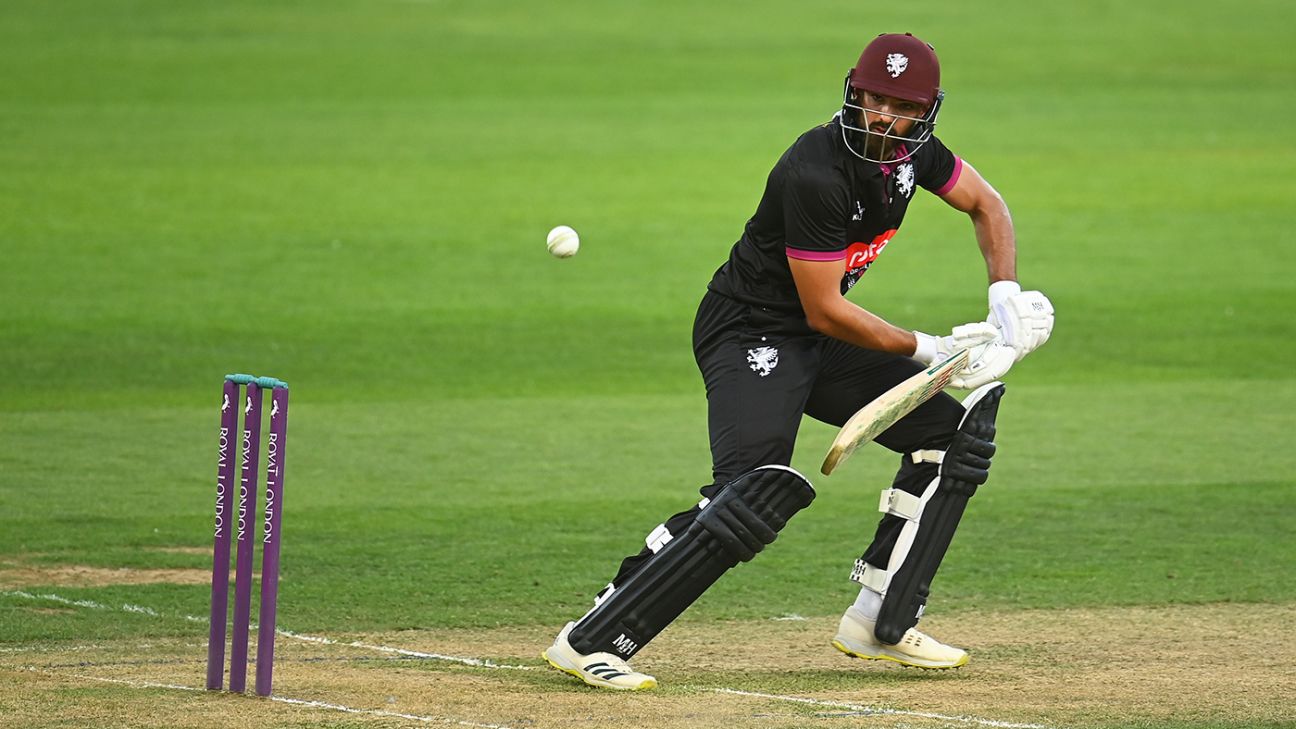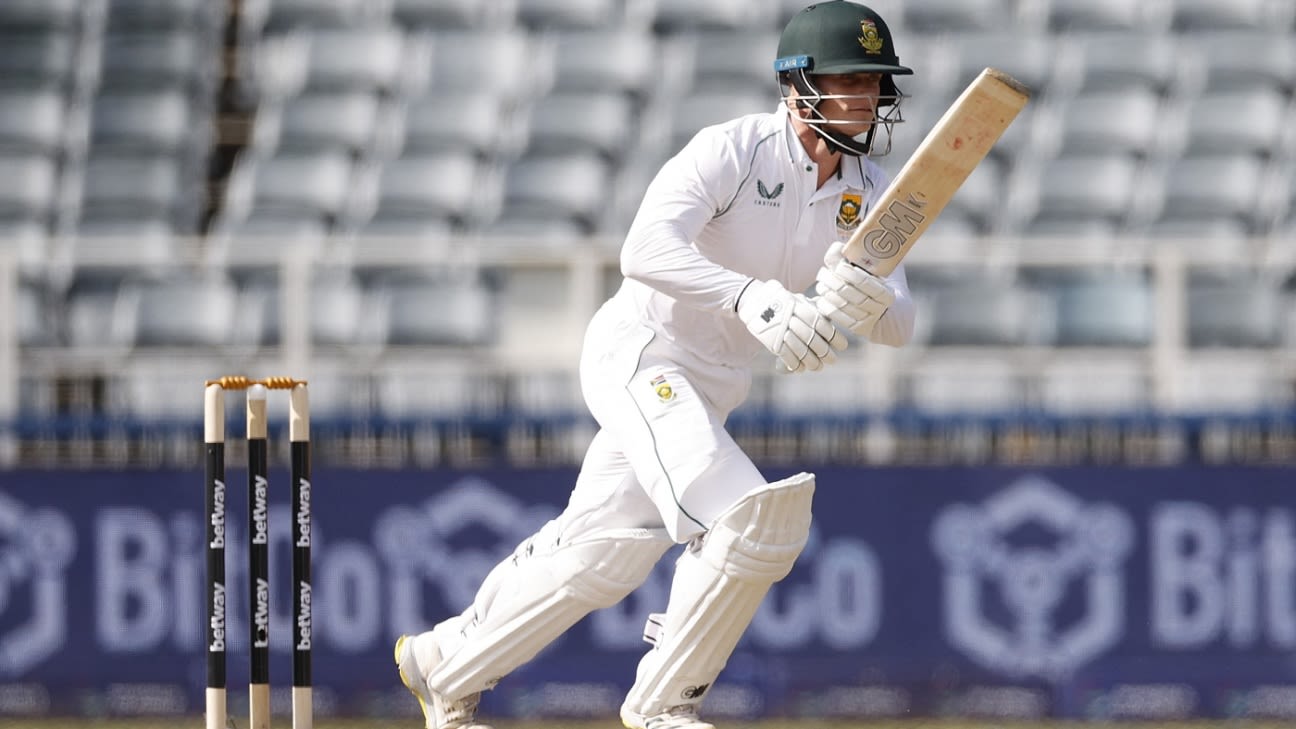Hocker Steals 1,500m Gold from Ingebrigtsen and Kerr
The 1,500m race at the Paris Olympics witnessed a thrilling upset as Cole Hocker of the US snatched the gold medal from front-running favorites Jakob Ingebrigtsen of Norway and Josh Kerr of Great Britain.
Ingebrigtsen, the defending Olympic champion, and Kerr, the reigning World Champion, had engaged in a bitter rivalry leading up to the race. Ingebrigtsen’s aggressive tactics to exhaust Kerr proved ineffective as Hocker surged past them on the inside lane in the final stretch.
Ingebrigtsen, known for his sub-3:27 time close to the Olympics, lacked the explosive finish to secure a podium finish. He was pipped to bronze by Yared Nuguse, the second US runner.
The race was a testament to the unique nature of the 1,500m, requiring both endurance and tactical prowess. Ingebrigtsen’s Olympic record of 3:28.32 set in Tokyo was broken by the top four finishers.
Despite his disappointment, Ingebrigtsen qualified for the 5,000m final as the fastest. However, the drama of the 1,500m race added to the allure of the event, with 80,000 fans witnessing the intense rivalry.
The 1,500m has a rich history of memorable rivalries. In 1980, Sebastian Coe and Steve Ovett engaged in a thrilling battle, with Coe ultimately claiming victory. At the 2000 Sydney Games, Hicham El Guerrouj was upset by Noah Ngeny in a close finish.
Hocker’s victory in Paris marked a new chapter in the annals of the 1,500m, proving that even the most formidable rivals can be overcome with a well-executed strategy and a determined spirit.

